Woman's name and tiny sketches hidden in 1,200-year-old manuscript
Researchers have discovered secret scribbles and sketches that were likely scratched by an elite woman into a medieval manuscript more than 1,200 years ago.
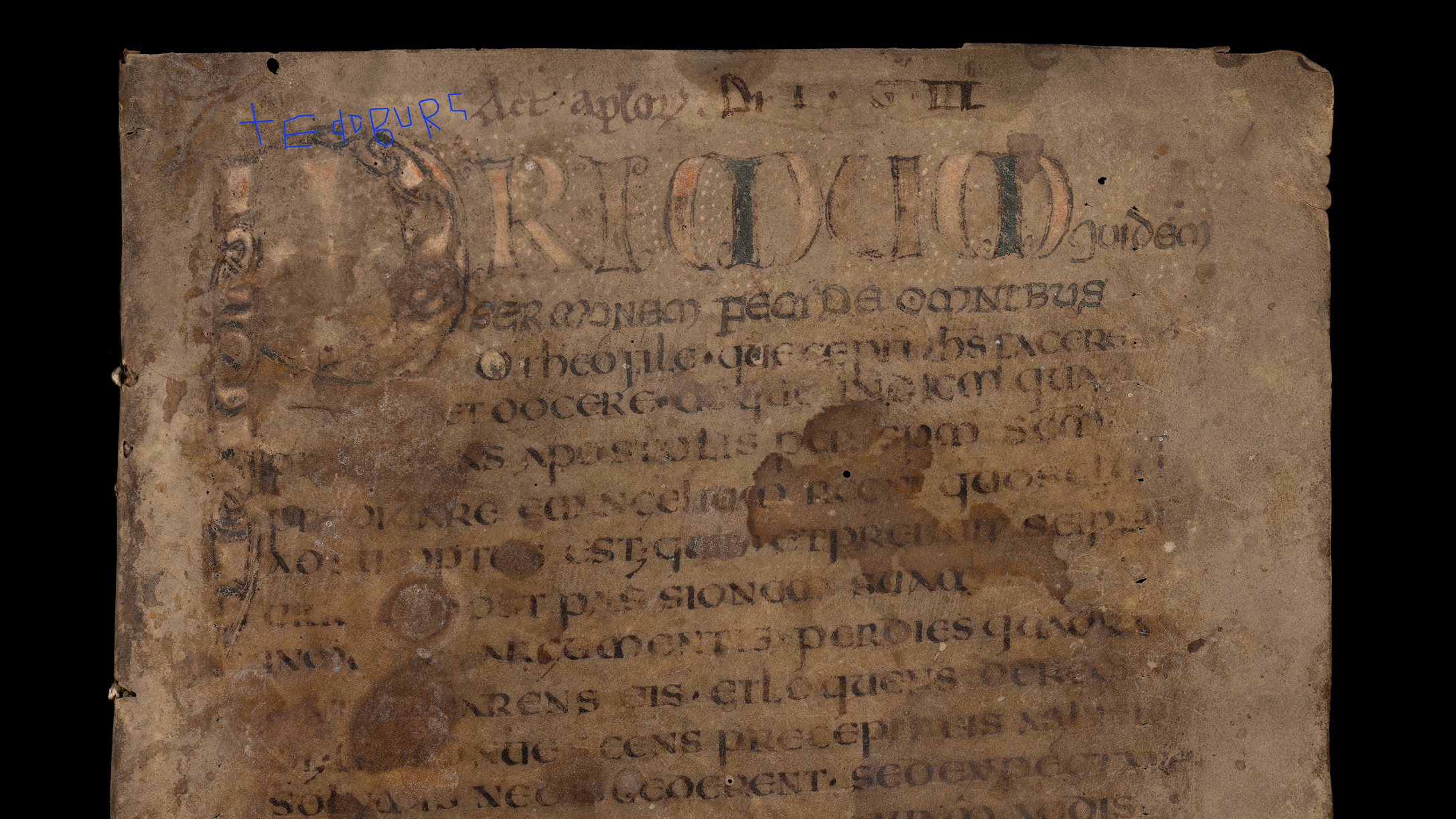
Researchers have discovered secret scribbles and sketches that were scratched into a medieval manuscript more than 1,200 years ago. The hidden markings, made without ink, were found in the pages of an early medieval book housed at a University of Oxford library in England.
Researchers think they are the work of a high-status, highly educated woman at a time when only the elite could read and write. Many of the scribbles include the Old English female name Eadburg, which the researchers think is the identity of the person who made the notes.
While the meaning of the almost-invisible sketches on the pages isn't clear — in one case, they depict a person with outstretched arms, reaching toward another person who is holding up a hand as if to stop them — researchers think Eadburg wrote her name to highlight passages of the text — a Latin copy of the "Acts of the Apostles" that was made in southern England between A.D. 700 and 750.
"We have currently identified five instances of Eadburg's name written in full on five different pages of the manuscript," Jessica Hodgkinson, a doctoral student of history at the University of Leicester who made the discovery, told Live Science in an email. "Other abbreviated forms of the name — including E, EAD and EADB — have been found in the margins of these and other pages 10 more times so far."
Related: World's oldest complete star map, lost for millennia, found inside medieval manuscript

Secret scribbles
Hodgkinson spotted the name Eadburg, preceded by a cross, while studying the rare manuscript in the Weston Library, which is part of the Bodleian Libraries at the University of Oxford.
The manuscript was then studied with imaging technology developed by the Bodleian's Analysing and Recording Cultural Heritage in Oxford (ARCHiOx) project — in collaboration with the Factum Foundation, a non-profit group based in Spain that seeks to preserve old artworks with digital technology. The project was paid for by the U.K.-based Helen Hamlyn Trust.
Sign up for the Live Science daily newsletter now
Get the world’s most fascinating discoveries delivered straight to your inbox.
The researchers revealed the hidden words and drawings on the rare manuscript using a method called photometric stereo recording, which examines the manuscript under different lighting conditions to construct a 3D model of its surface, John Barrett, the Bodleian's technical lead for the ARCHiOx project, said in a statement. The method can reveal markings as shallow as one-fifth of the width of a human hair, and the analysis revealed the deliberate sketches left by the mysterious Eadburg.
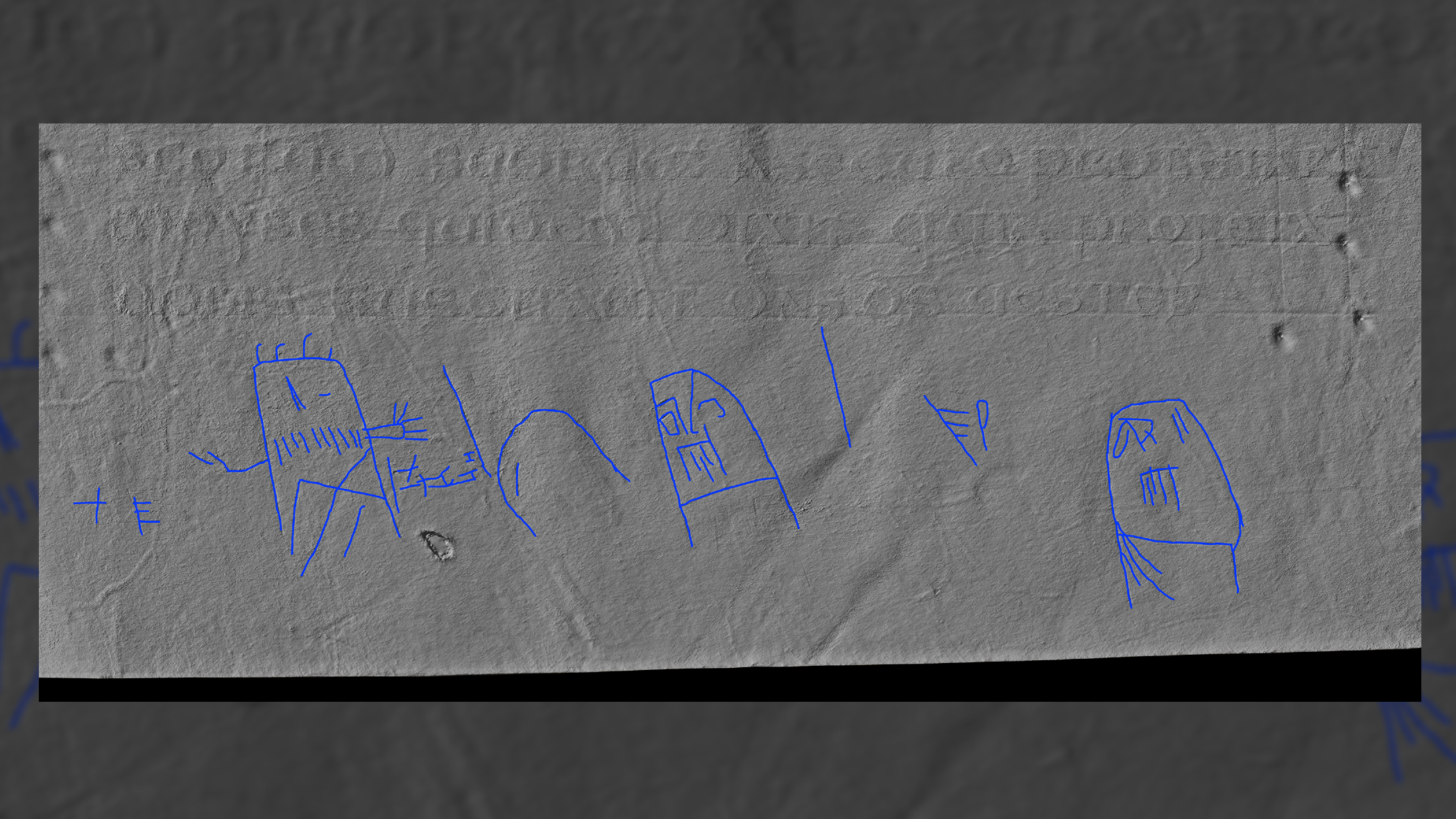
Such markings without ink, known as "drypoint," have been discovered in other early medieval manuscripts, but they often only consist of simple crosses to highlight sections of the text, Hodgkinson noted.
But the Eadburg additions to the manuscript are "unusual and exciting," she said. "They include a woman's name several times, including as part of a longer inscription which could have been written in the Old English vernacular language, alongside a series of intriguing drawings."
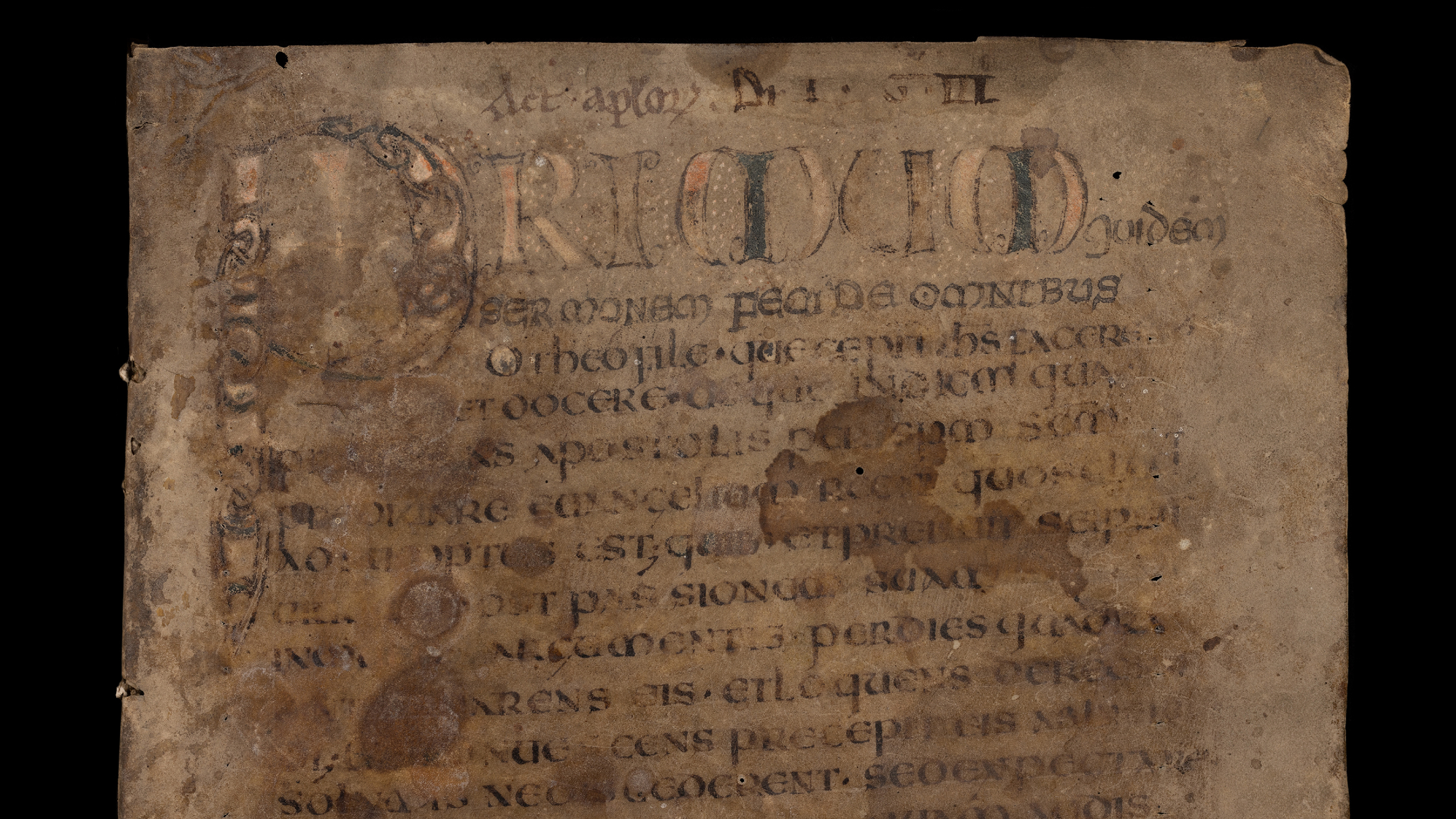
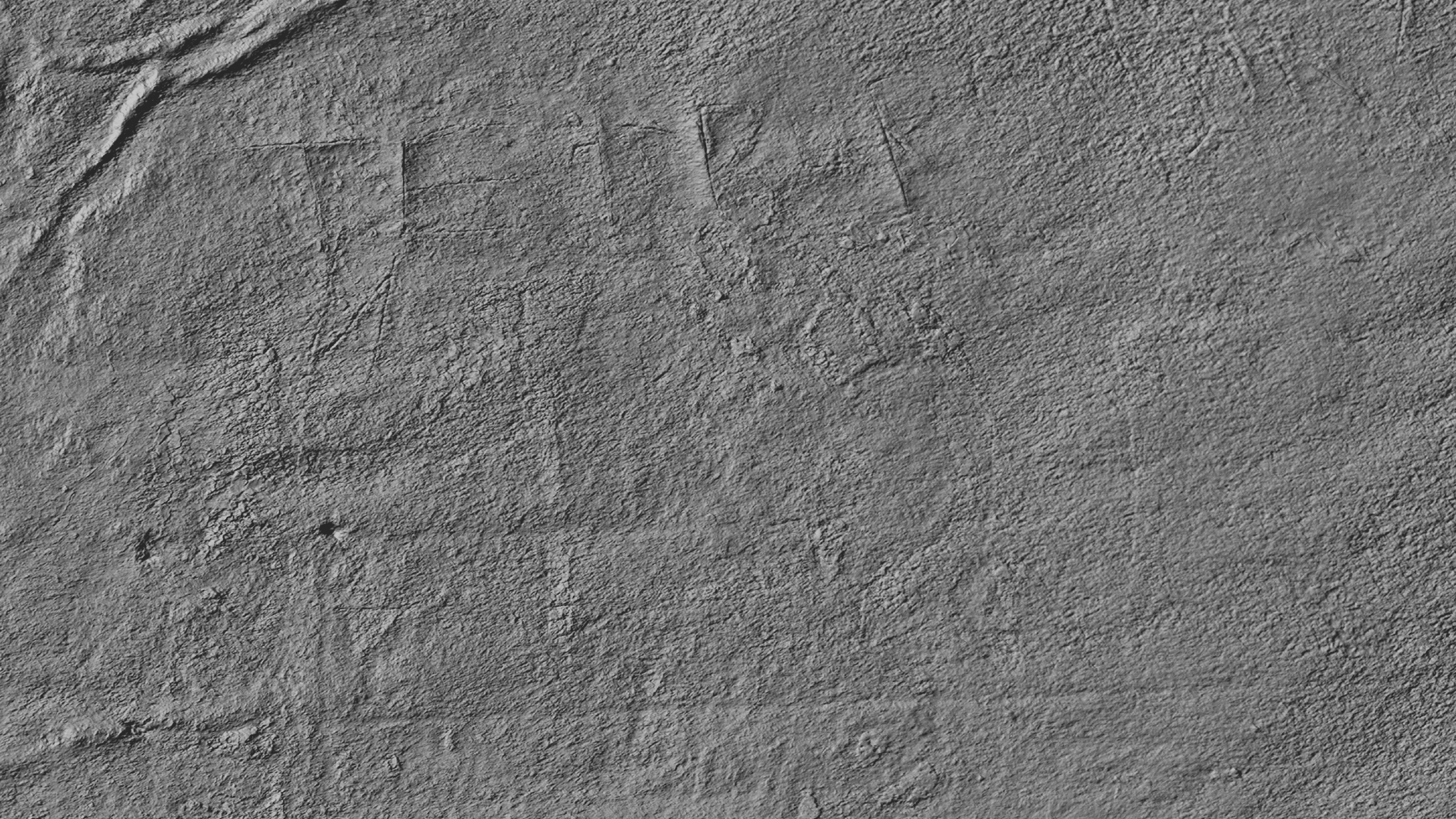
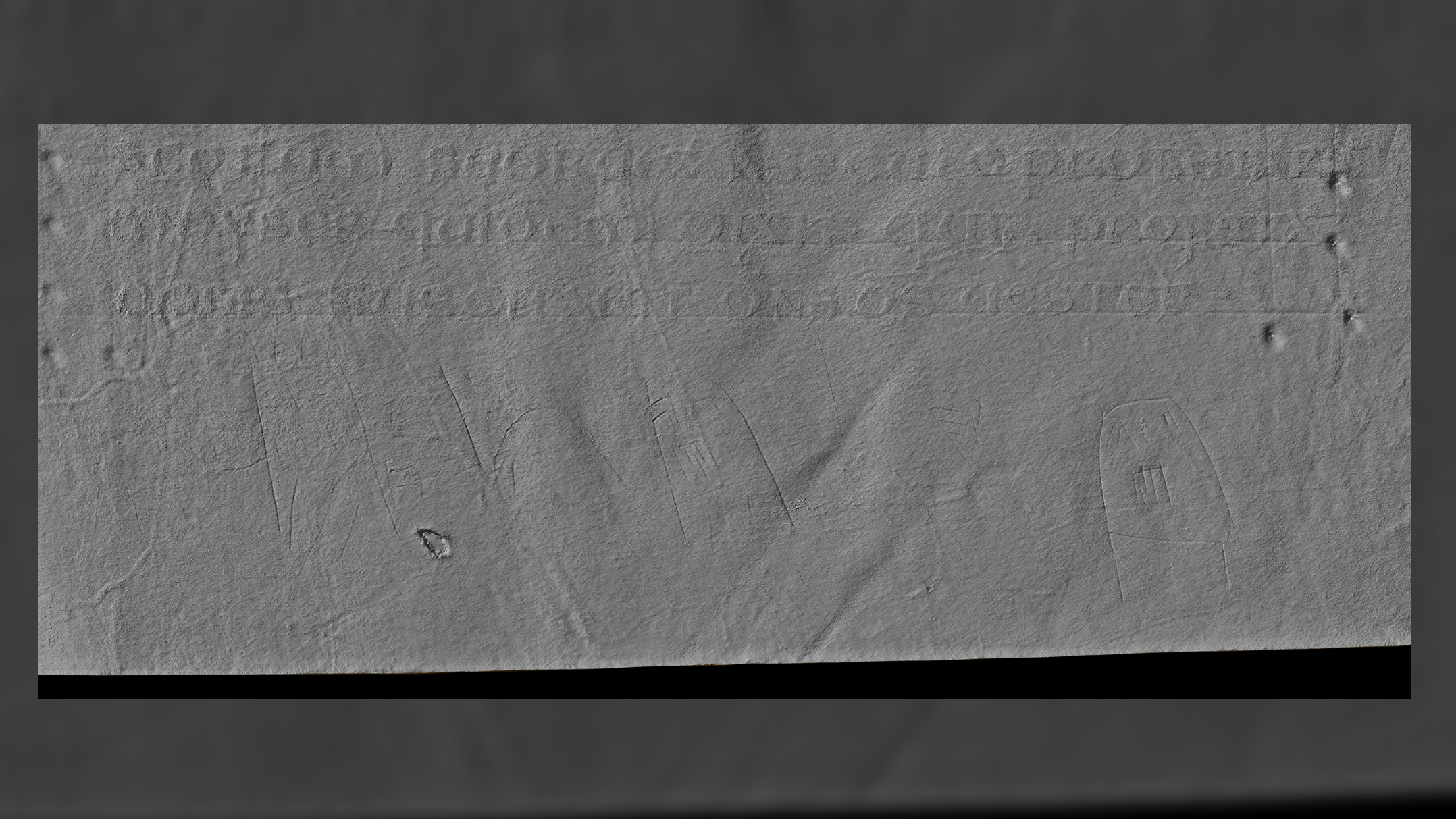
Medieval manuscript
It's not possible to know if Eadburg herself made the secret writings, but it's the most likely scenario. "Currently this cannot be definitively determined," Hodgkinson said. "I will be analysing the inscriptions further to better understand their meaning and significance."
A page near the back of the tome has a handwritten prayer written from the perspective of a woman: "This suggests that, shortly after it was produced, the book was being used by a woman or a group of women," Hodgkinson said.
She thinks the additions highlight areas that intrigued the writer. "The inscriptions were intentional and deliberate additions to the book made by a reader interacting with the text," she said. "It's much less likely that they were doodles or graffiti."
She hopes to learn more about the mysterious writings and drawings, and perhaps even who Eadburg was. One candidate is an Eadburg who served as the abbess of a women's religious community in the mid-eighth century, but there are at least eight other contenders.
"The next steps for my research are to study the inscriptions further," Hodgkinson said. "This will include thinking about the significance of where they are placed in the manuscript and how they relate to the main text," she added.
"It is my hope that this will shed further light on their meaning and may even provide clues about who added them to the manuscript and why."
Tom Metcalfe is a freelance journalist and regular Live Science contributor who is based in London in the United Kingdom. Tom writes mainly about science, space, archaeology, the Earth and the oceans. He has also written for the BBC, NBC News, National Geographic, Scientific American, Air & Space, and many others.










